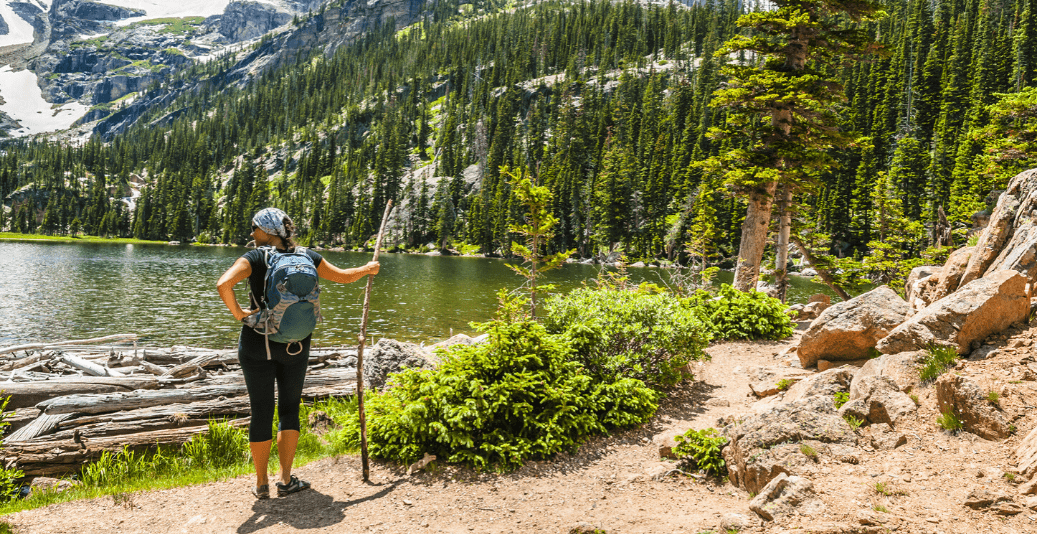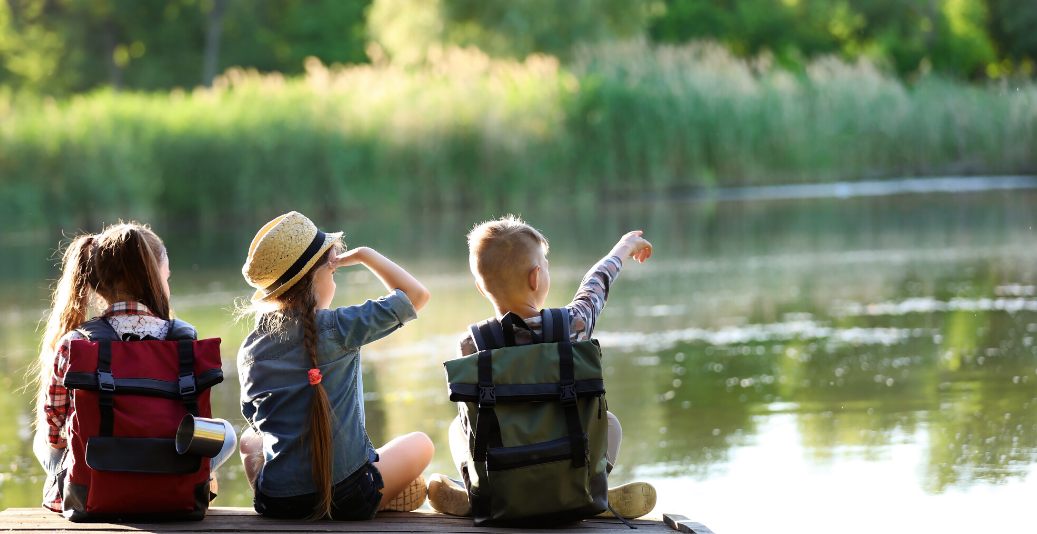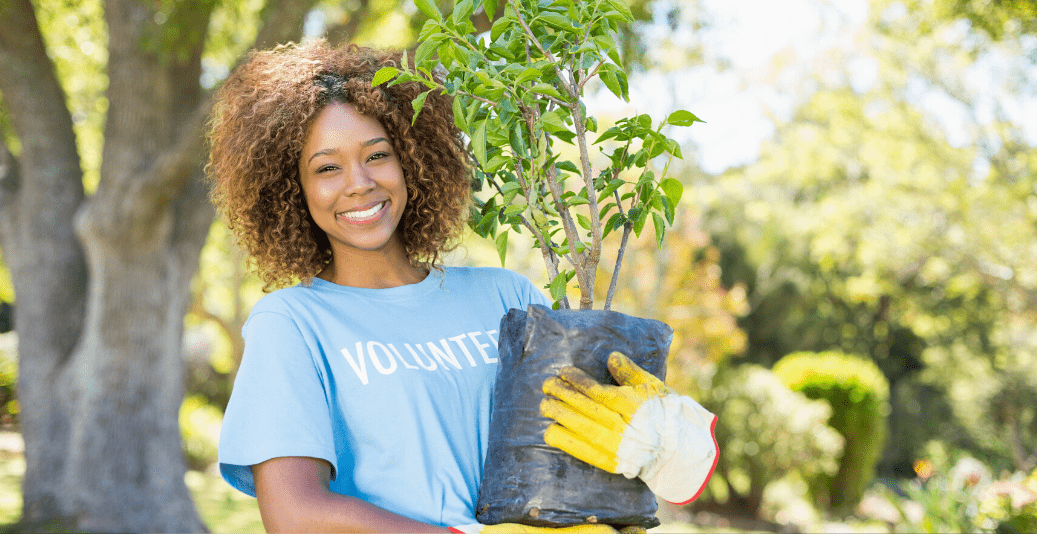3 Ways to Educate Your Community on Conservation
The conservation of nature is a global issue that needs attention, possibly now more than ever. From air quality to keeping a healthy eco-system, conservation plays a significant role in our lives, even if we don’t always notice this influence at work. Parks that preserve nature do a lot for their immediate environment.
There are a whole slew of benefits that parks provide for communities, such as more social connections, economic growth, and improved health. It’s imperative that parks and recreation organizations help educate their communities about conservation and how they can contribute to conserving the beautiful nature around them. Here’s how to go about boosting your community’s conservation education.
 What’s the Big Deal?
What’s the Big Deal?
There are so many reasons why conservation is important. Countless studies have shown the benefits of our exposure to nature – in particular, for people living in urban centers. Some of the advantages are very direct, such as the transformation of carbon dioxide into oxygen from trees or having an accessible park that can help people be more social.
Some of these benefits will be indirect. These can include things like boosting local businesses (through an increase in foot traffic) or a reduction in flooding and unwanted rises in water levels, due to better water run-off routes. Conservation education is a must, especially when taking into consideration some of the important benefits that directly impact communities and important infrastructure.
 Start Young
Start Young
It’s a lot harder to change someone’s long-standing habits than it is to help educate children at a young age. Introducing the concept of conservation at an early age can help shape their development, helping them to live a life conducive to helping nature flourish, as well as having more of a general sense of well-being.
Most parks and recreation organizations have nature tours and educational workshops already and ensuring those cover the importance of conservation is key. Making the content and the lesson interactive, engaging and fun can help kids pay attention and learn as much as possible. While it’s important to reach kids at a young age and help them become life long conservation learners, don’t forget to have options for adults and older community members too.
Integrate Education into your Programming
You don’t always have to create brand new programs, in order to boost conservation education at your organization. Working it into your pre-existing programming can make it easier for you to educate people. Some classes or workshops can have sections added to them that are dedicated to conservation education, while others may just need a little more emphasis.
If you still don't have enough programming that touches on conservation education, it might be a good idea to create some new classes. A good way to help someone better understand a concept is to apply it to his or her pre-existing knowledge; this might include adding conservation components to gardening classes or creating a course on improving conservation efforts in the home. Making conservation education approachable and relatable can contribute to driving home the point you’re trying to make.

Start Initiatives and Lead by Example
Social media campaigns aiming for community based conservation education about the benefits of nature and the need for conservation education can help spread the good word. Use all of the technology tools you have at your disposal. Being open to new technologies and adapting your strategies with those is key. For example, when Pokémon Go was released, some parks and rec professionals sighed at kids spending more time in front of a screen, while other professionals decided to harness this phenomenon that saw tons of children and adults spending more time outside than ever. The US National Park Service decided to embrace it, in order to get more people out into nature.
There are a significant number of initiatives parks and recreation organizations can use to help educate and lead the public. Advocacy is always necessary, especially when conservation’s importance is being questioned. Contests that can motivate people to try out new habits can help. Check out our blog post on five easy to start green initiatives and five top parks conservation initiatives, to see how your organization can lead by example.
For more information on how parks and nature help boost the well-being of your community, check out the Power of Parks; a great information tool provided by the National Recreation and Park Association.
What are your biggest tips for someone to effortlessly reduce their ecological footprint in everyday life? Let us know on Facebook and follow us on Twitter to stay up to date with all of your Xplor Recreation news.




